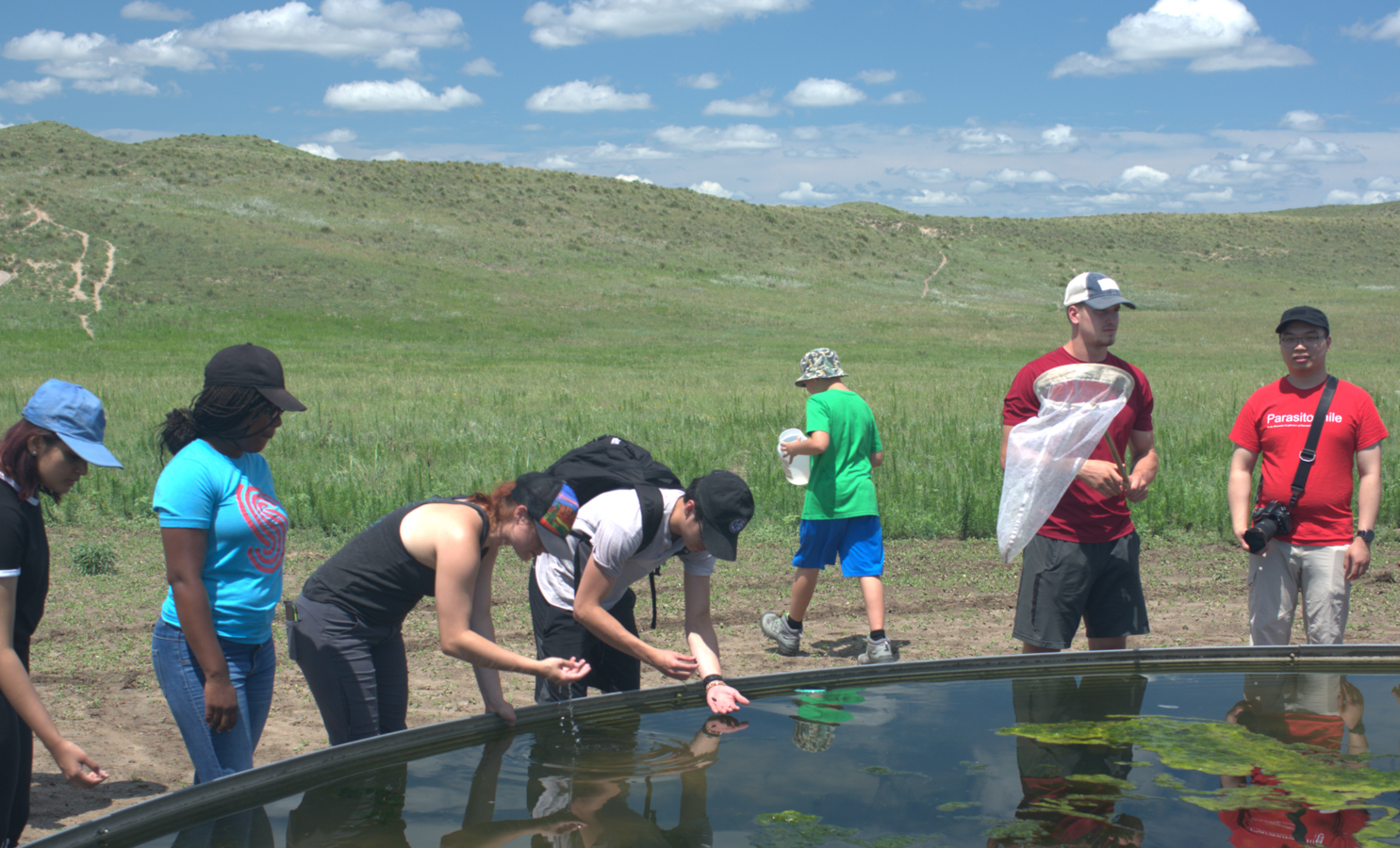Parasitology, Harold W. Manter Laboratory of

Concepts in Animal Parasitology
Date of this Version
2024
Document Type
Book Chapter
Citation
Chapter 22, Concepts in Animal Parasitology, pages 289–296
Textbook
Lincoln, Nebraska, United States: Zea Books, 2024
chapter doi: 10.32873/unl.dc.ciap022
Abstract
Broad tapeworms are among the largest tapeworms on Earth and some species have been known as human parasites for a long time. However, species diversity of these usually large-sized tapeworms is still poorly known, partly because of the existence of numerous unresolved taxonomic problems. They currently get some attention due to several cases of human infection in non-endemic areas due to importation of unfrozen fish.
Includes an overview of the cestode order Diphyllobothriidea Kuchta et al., 2008, the group's taxonomic history, current classification, general morphology, species diversity, life cycles, host associations, geographic distribution, phylogenetic relationships, and selected taxa from the Nearctic region.
Chapter 22 in Concepts in Animal Parasitology by Tomáš Scholz and Roman Kuchta. 2024. S. L. Gardner and S. A. Gardner, editors. Zea Books, Lincoln, Nebraska, United States. doi: 10.32873/unl.dc.ciap022
Included in
Biodiversity Commons, Ecology and Evolutionary Biology Commons, Educational Methods Commons, Entomology Commons, Parasitic Diseases Commons, Parasitology Commons, Science and Mathematics Education Commons


Comments
Copyright 2024, the authors and editors. Open access
License: CC BY-NC-SA 4.0 International